The pursuit of the perfect home often leads us down paths paved with exciting new upgrades, promising enhanced living and undeniable convenience. Yet, some of these initially captivating trends, once seemingly indispensable, eventually reveal their true nature as more trouble than they’re worth. What starts as a dream amenity can quickly devolve into a maintenance nightmare, a financial drain, or simply an impractical feature for everyday life. This list explores those upgrades that soared in popularity, only for their inherent hassles to bring them back down to earth, leaving many homeowners with a sense of regret.
1. Wall-Mounted TVs with All Wires Hidden Inside the Wall
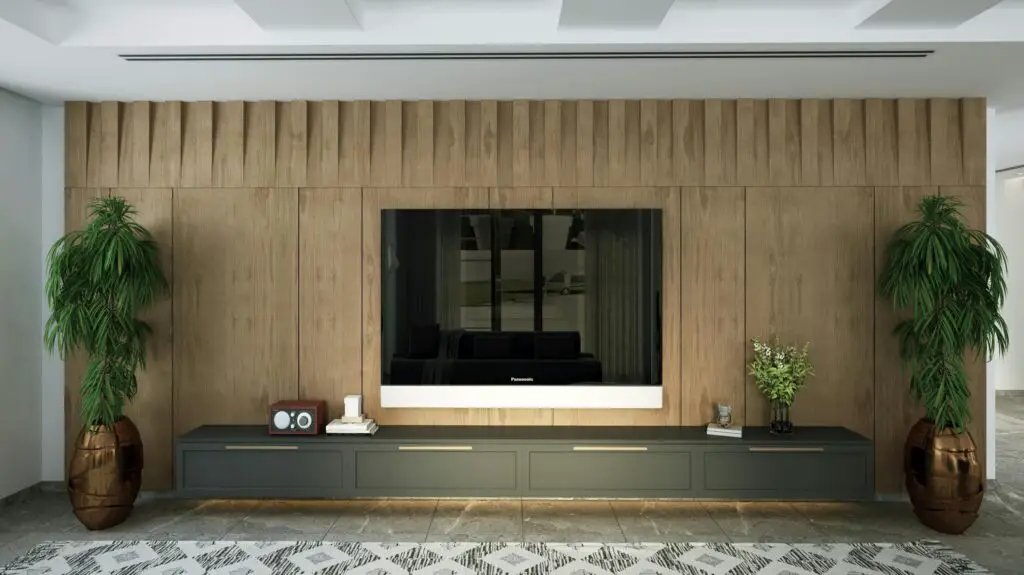
The sleek, minimalist look of a wall-mounted TV with no visible cables was once the epitome of modern home entertainment setup. It promised a clean aesthetic, freeing up space from bulky media consoles and messy wires. The initial appeal of this seamless integration into a living room or bedroom was undeniable, creating a high-tech, uncluttered visual. According to design trends reported by Houzz, this look was particularly popular for its clean lines.
However, the reality of fully hiding all wires can quickly become a significant hassle. Accessing cables for new devices, troubleshooting connectivity issues, or upgrading components often requires opening up the wall, leading to drywall repairs and repainting. This seemingly simple aesthetic choice makes future adjustments far more complicated and costly than a more accessible wiring solution, turning what looked clean into a persistent logistical challenge.
2. Open Shelving in the Kitchen
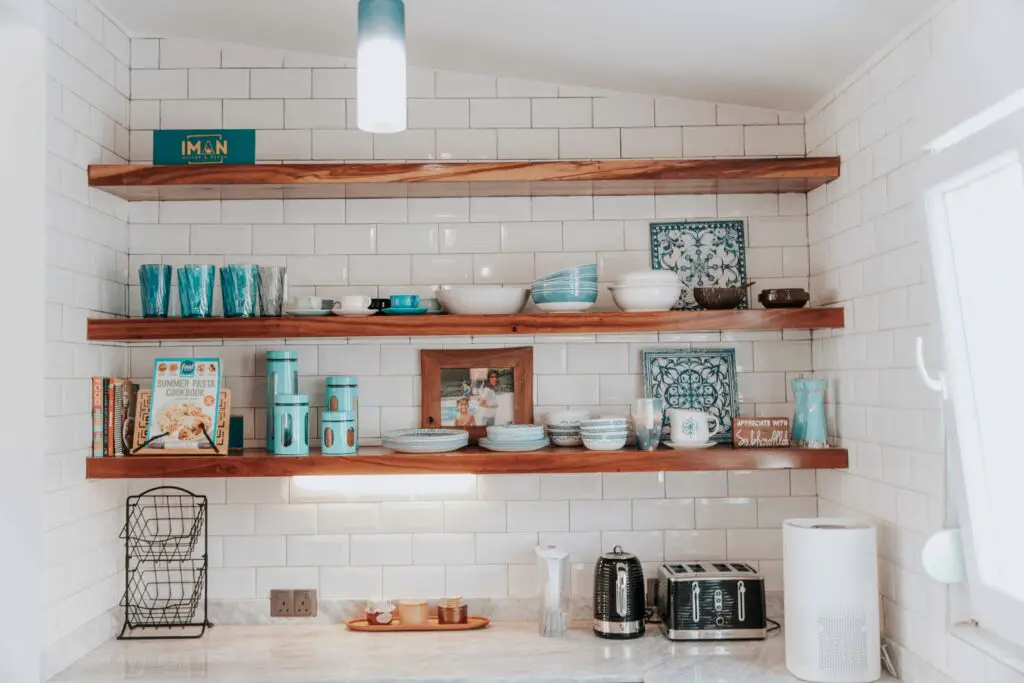
Open shelving in kitchens exploded in popularity, lauded for its ability to create an airy, spacious feel and allowing homeowners to display their curated collection of dishes, glassware, and decorative items. It was touted as a way to personalize the kitchen and break up the monotony of traditional upper cabinets. The visual lightness it offered was a major draw, as highlighted in kitchen design guides from Better Homes & Gardens.
However, the practical realities of open shelving quickly became apparent. Every item on display is constantly exposed to dust, grease, and cooking splatters, requiring much more frequent and thorough cleaning than items hidden behind cabinet doors. Furthermore, the need for constant tidiness and aesthetic perfection can be exhausting, as everyday kitchen items rarely maintain a “magazine-ready” appearance. This shift from concealed storage to constant display created an unforeseen burden.
3. Kitchen Islands Without Ample Storage
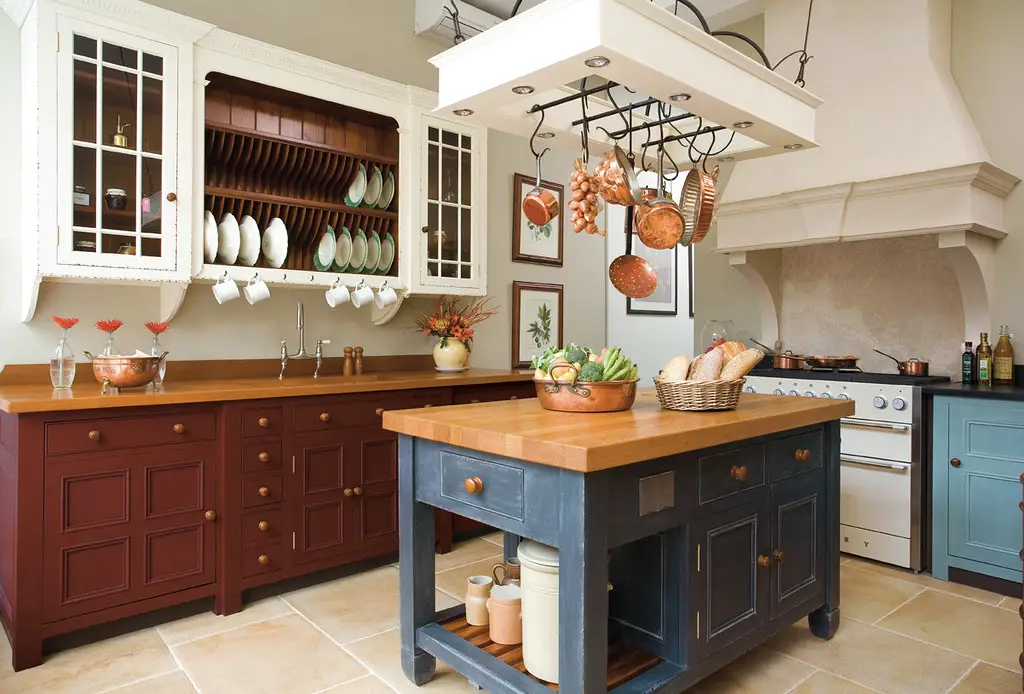
Large kitchen islands became a central feature in modern kitchen design, promising expanded countertop space for food prep, casual dining, and a central gathering point. They often served as the visual anchor of an open-concept kitchen, embodying contemporary functionality and style. The allure of a grand, uninterrupted surface was powerful for many, a trend often discussed in kitchen design articles from HGTV.
Yet, many homeowners quickly realized that an island designed primarily for surface area, without incorporating sufficient built-in storage, can become a major source of kitchen clutter. Without dedicated drawers, cabinets, or shelving, the expansive countertop can quickly become a dumping ground for mail, keys, and miscellaneous items. This oversight transforms the once-desirable feature into a logistical challenge, diminishing its utility as a productive workspace and central hub.
4. Smart Home Systems (Early Generations)
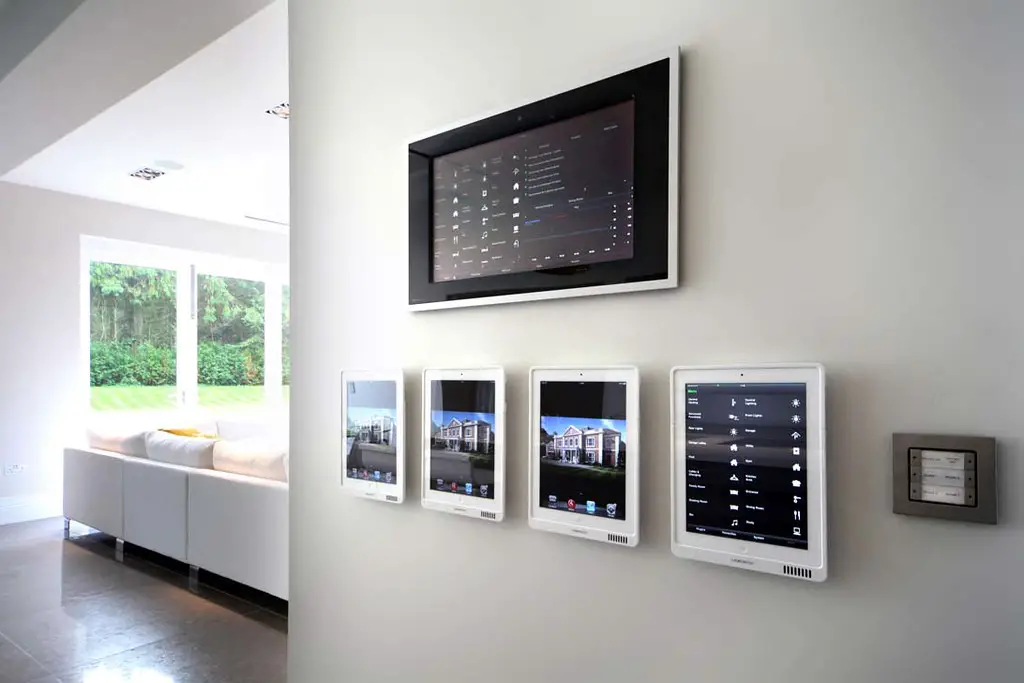
The promise of a fully integrated smart home, where lights, thermostats, security, and entertainment could all be controlled seamlessly from a single device or voice command, was incredibly alluring in its early days. These systems promised unparalleled convenience, energy efficiency, and a truly futuristic living experience. Early adopters eagerly embraced the idea of a home that anticipated their needs, as documented in early reviews of smart home tech on sites like CNET.
However, the initial generations of smart home systems often proved to be complex, unreliable, and prone to compatibility issues between different brands and devices. Setting them up was often a frustrating ordeal, and constant troubleshooting became a regular annoyance. What was envisioned as effortless control often turned into a battle with unresponsive apps, disconnected devices, and system crashes, making the “convenience” more of a persistent technological headache.
5. Large, Freestanding Bathtubs (Without a Shower)
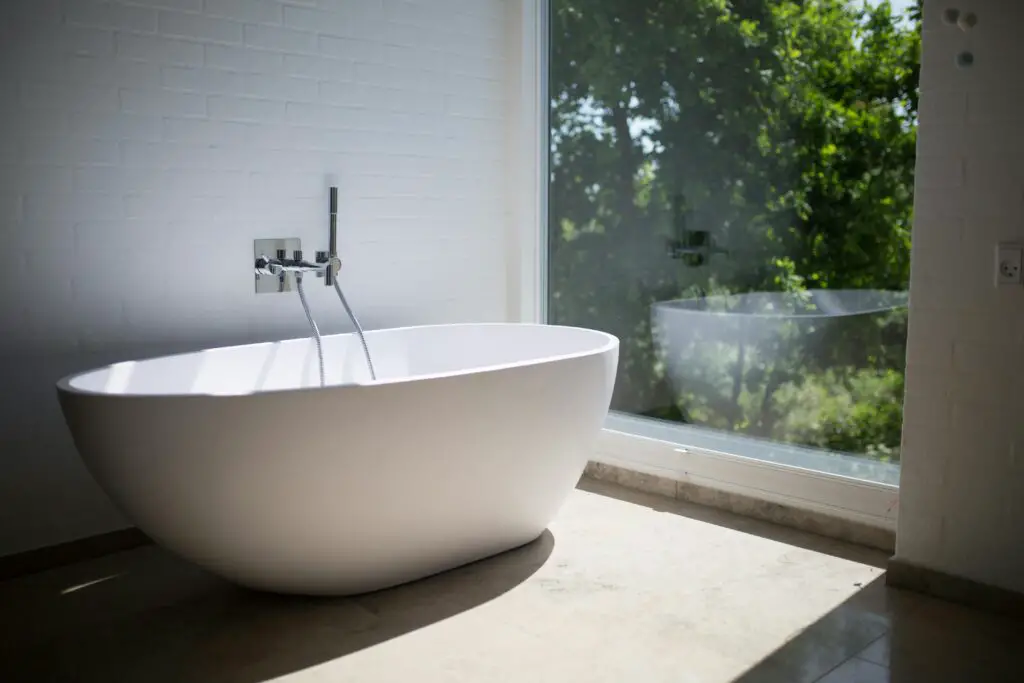
Large, sculptural freestanding bathtubs became a symbol of luxury and relaxation in master bathrooms, promising a spa-like retreat for indulgent soaks. Their elegant design and prominent placement often made them the focal point of a lavish bathroom renovation. The aesthetic appeal was undeniable for homeowners dreaming of a tranquil escape.
However, the practicality often falls short. Freestanding tubs can be difficult to clean around and behind, lacking the convenient ledges of built-in tubs. More significantly, if installed without an accompanying shower, they become highly impractical for daily use, forcing residents to choose between a full bath or a separate, potentially less convenient, shower elsewhere. What seemed like a spa indulgence often became an underutilized fixture, difficult to maintain.
6. Voice-Activated Lights in Every Room
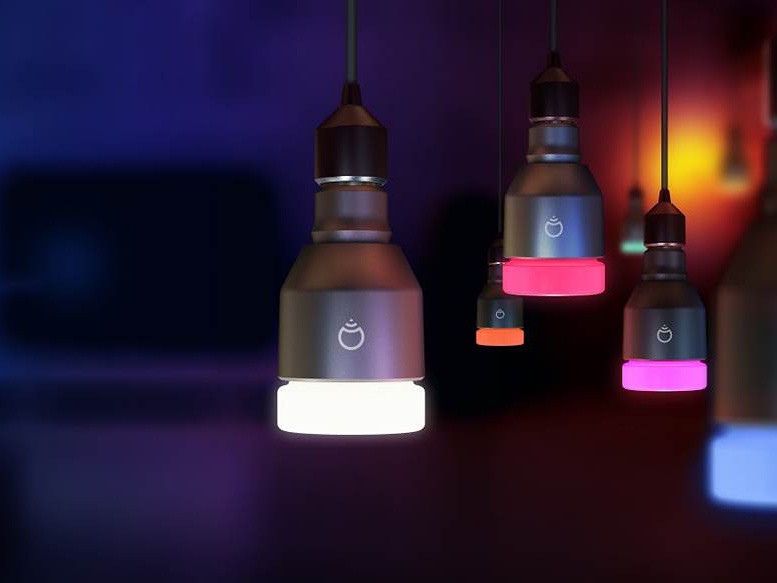
The idea of simply speaking a command to turn lights on or off, or to adjust their brightness, felt like peak technological convenience for many homeowners. Voice-activated lighting promised hands-free control and seamless integration into a smart home ecosystem, adding a touch of futuristic flair to everyday living.
However, the reality can often be frustrating. Voice recognition isn’t always perfect, leading to repeated commands or lights turning on in the wrong room. Guests often struggle with the system, leading to awkward fumbling for hidden switches. What was intended as effortless control often becomes an irritating game of trial and error, making simple tasks unnecessarily complicated and highlighting the limits of early voice tech.
7. Ultra-Deep Kitchen Sinks
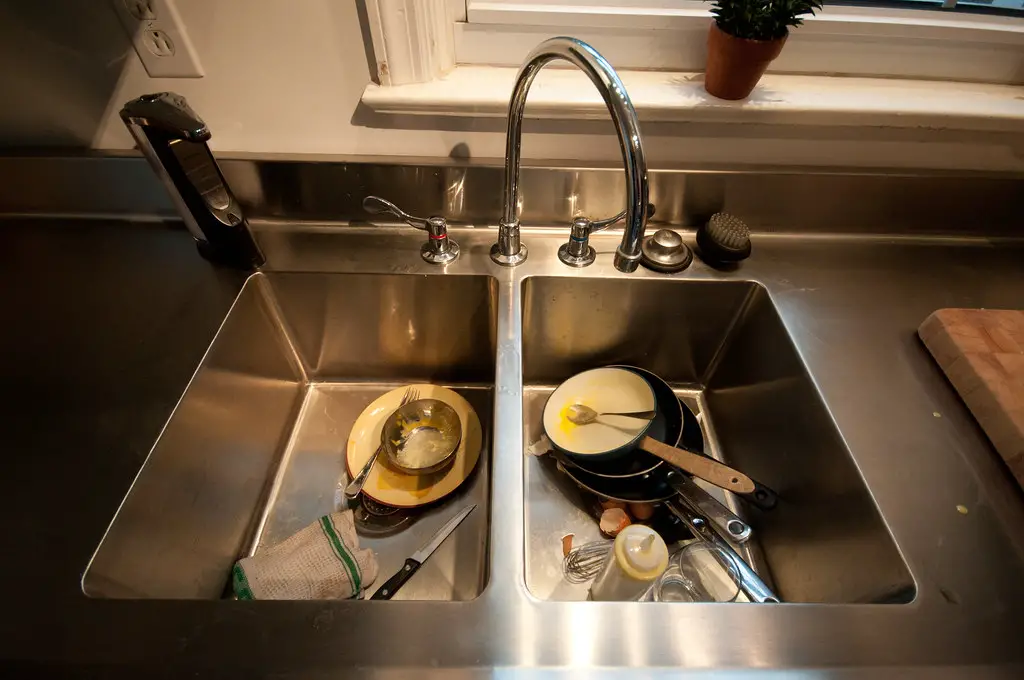
Ultra-deep kitchen sinks became popular for their perceived ability to hide dirty dishes and accommodate large pots and pans easily. They promised a clean visual on the counter, as clutter could be submerged out of sight. The spacious basin seemed like a dream for avid cooks and those with large families.
Yet, the everyday ergonomic challenges quickly emerged. Reaching the bottom of an overly deep sink can be uncomfortable and lead to back strain, especially for shorter individuals. Furthermore, rinsing smaller items or simply getting water from the faucet can become awkward. What appeared to be a practical solution for hiding dishes often turned into an uncomfortable and cumbersome daily task, prioritizing visual concealment over functional ease.
8. Custom Built-In Shelving Without Adjustability
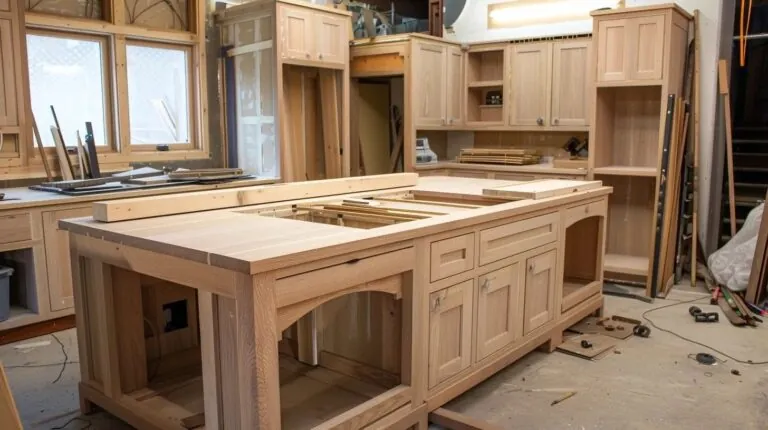
Custom built-in shelving units, designed to fit perfectly into specific nooks or along walls, offered a sleek, integrated look and a sense of bespoke craftsmanship. They promised tailored storage solutions and a seamless aesthetic that enhanced the architectural character of a room.
However, if these shelves were built without any adjustability, homeowners quickly realized their limitations as needs and decor preferences evolved. Books, decor items, or media equipment rarely remain the same size or quantity over time. The inability to reconfigure the shelves means that what was once a perfect fit can become an awkward, inflexible storage solution as life changes, leading to regret over the lack of versatility.
9. Dark-Colored Grout in Bathrooms
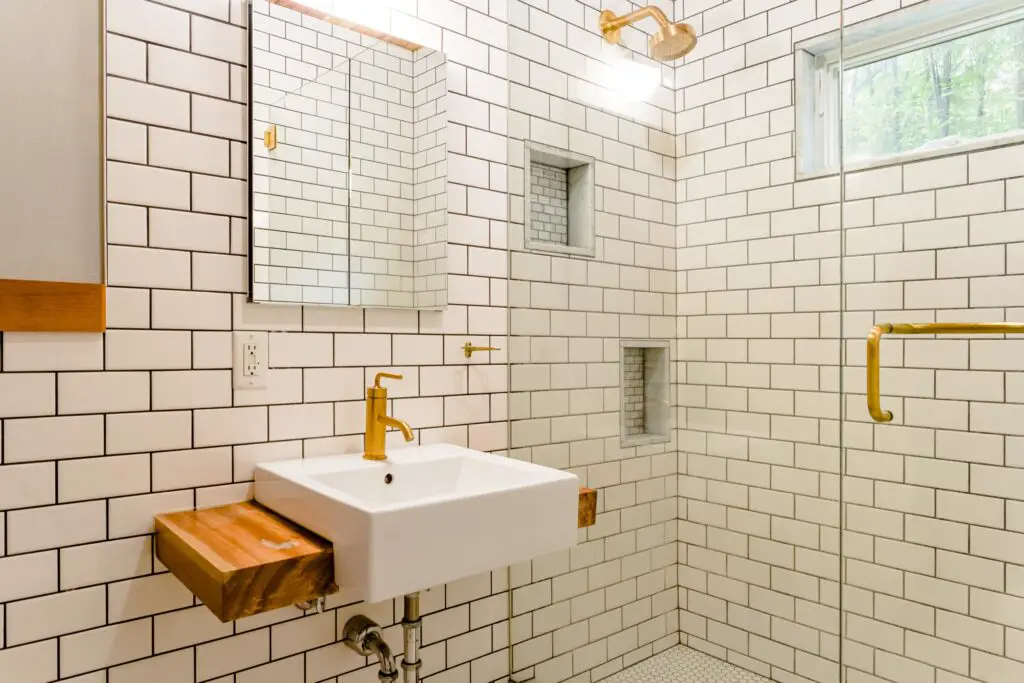
Choosing dark-colored grout for bathroom tiles, often in black or charcoal, became a trend for its perceived ability to hide dirt and stains, promising a perpetually clean look. It also provided a dramatic contrast to light-colored tiles, creating a bold design statement.
However, dark grout can often highlight soap scum and mineral deposits, especially in areas with hard water, making surfaces appear dingy even when clean. It also drastically changes the visual impact if white or light tiles were chosen for a bright, airy feel. What seemed like a low-maintenance solution often became an unexpected cleaning challenge, demanding more specialized cleaning techniques to maintain its intended appearance.
10. Open-Concept Bathrooms (Beyond the Master Bedroom)
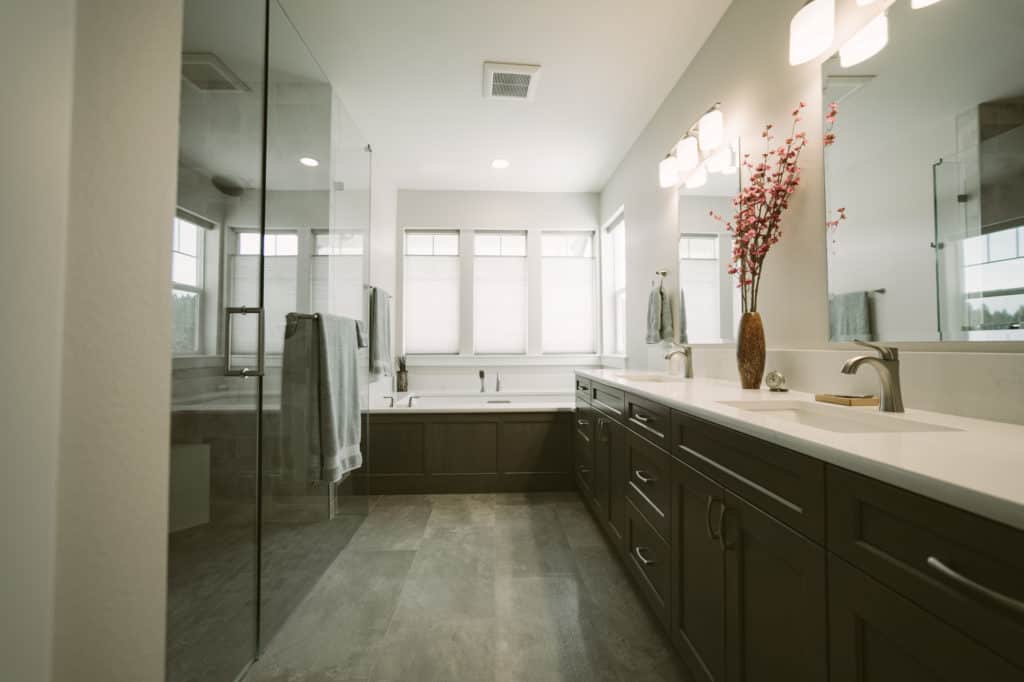
The open-concept trend extended into bathrooms, with some designs removing traditional walls or doors between the sleeping and bathing areas in master suites, and sometimes even in secondary bathrooms. This aimed to create a more luxurious, spa-like, and expansive feel, blending spaces seamlessly.
However, the lack of privacy, steam, and noise containment quickly became a major hassle for everyday living, especially in shared or family homes. The practicality of such a design often crumbles when faced with the realities of simultaneous routines. What appeared avant-garde for design magazines proved incredibly inconvenient for actual human use, leading to a strong desire for more traditional partitions.
11. Custom, Built-In Dog Showers

For pet owners, the idea of a custom-built dog shower in the mudroom or laundry room seemed like the ultimate convenience for keeping muddy paws contained and clean. It promised to simplify pet hygiene and keep the rest of the house spotless.
However, these specialized installations can be costly to build and maintain, and the frequency of actual use might not justify the expense and dedicated space. Furthermore, the specialized nature of the upgrade makes it highly niche, potentially deterring future buyers without pets or those who prefer a different setup. What seemed like a thoughtful convenience often becomes an underutilized, expensive fixture.
12. Smart Refrigerators with Internet Screens
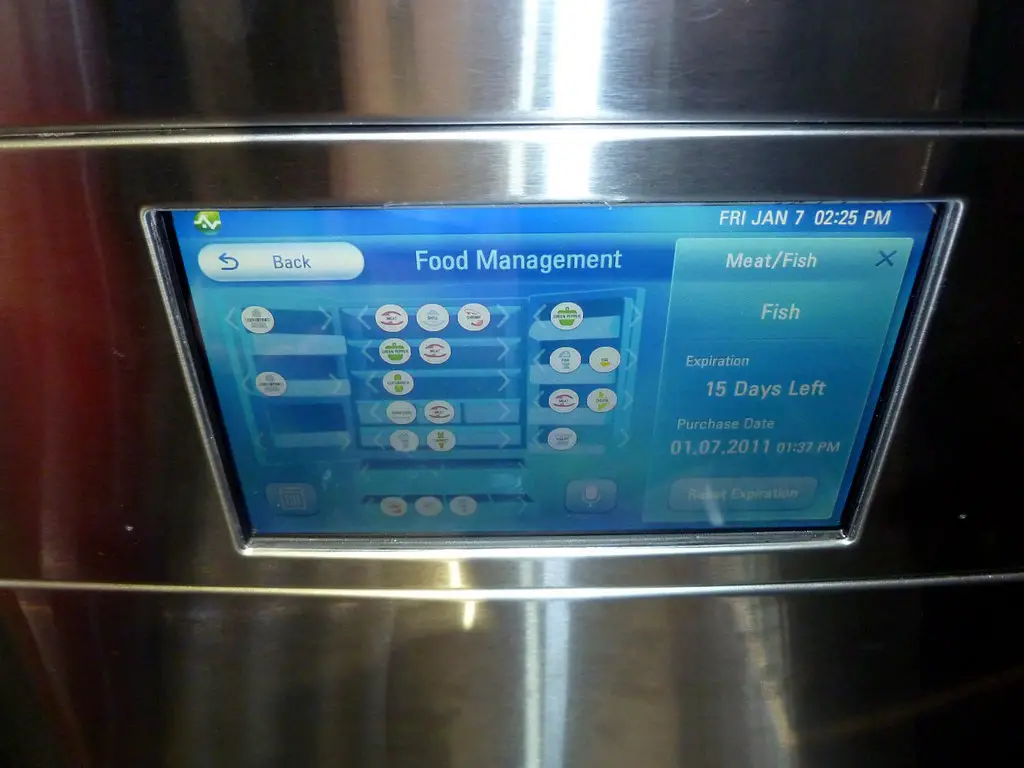
The smart refrigerator, featuring large touchscreen displays and internet connectivity, promised a central hub for family organization, grocery lists, and even entertainment in the kitchen. It was marketed as the ultimate appliance for the connected home, integrating technology directly into the heart of daily life.
However, many users found the screens to be underutilized, offering features already available on smartphones or tablets, but with less convenience and often slower performance. The technology quickly becomes outdated, and updating the software can be clunky or unsupported. What seemed like a revolutionary kitchen upgrade often devolved into a costly, underperforming gadget that added little real value to the everyday cooking or living experience.
13. Glass Cabinet Doors in the Kitchen
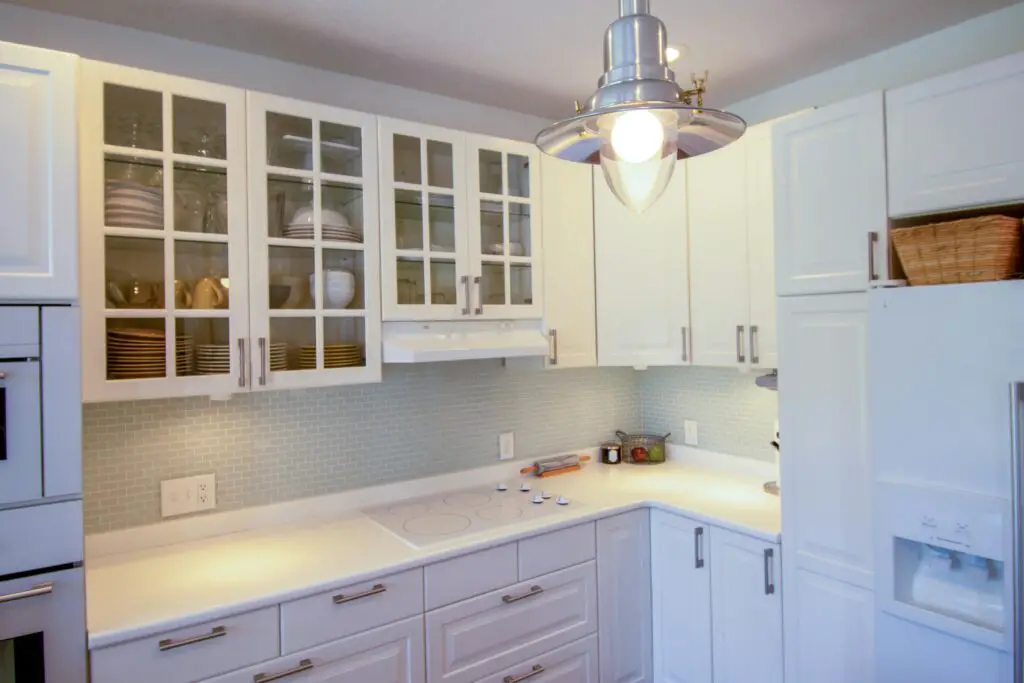
Glass cabinet doors, while aesthetically pleasing for displaying fine china or creating a lighter visual feel in a kitchen, were a popular upgrade for their elegance. They promised a more sophisticated look than solid doors, breaking up large expanses of cabinetry.
However, the need for constant tidiness and perfect organization behind glass doors quickly becomes a hassle. Every item is on display, meaning mismatched dishes, everyday spices, or even a slight bit of clutter are immediately visible. What looked beautiful in a staged photo often proved impractical for daily kitchen life, demanding meticulous organization that few can maintain consistently.
